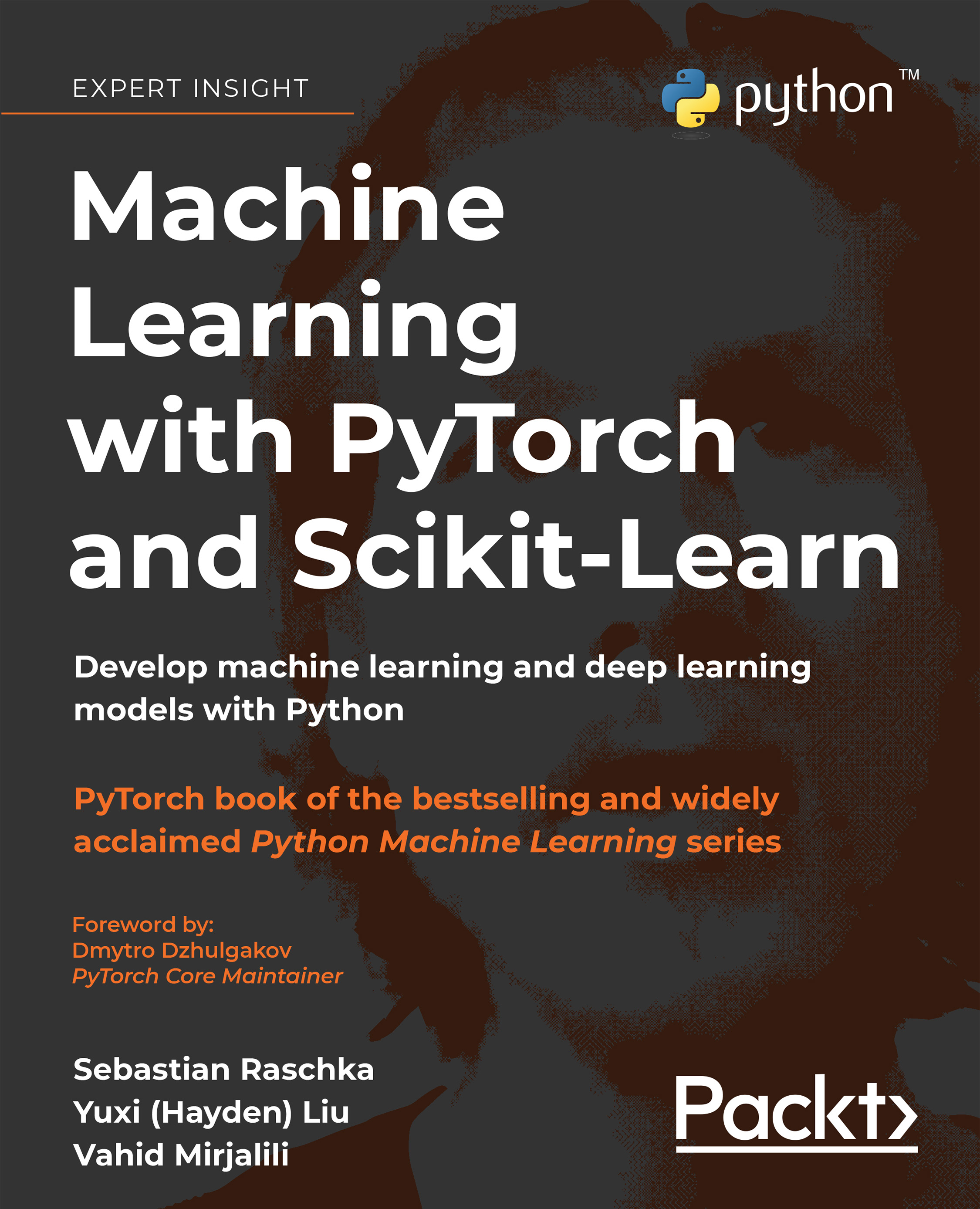Five Lessons from a Minor Production Incident
A minor production incident in the AWS News platform highlighted five key lessons about software operations. First, investing in observability early paid off, as comprehensive dashboards allowed for quick identification and resolution of the issue within an hour. Second, a robust software architecture and testing regime enabled safe and confident adjustments to the system during a crisis. Third, the YAGNI principle (You Aren't Gonna Need It) has trade-offs; while simpler designs work initially, anticipating growth with safeguards like alarms could prevent issues. Fourth, bugs often travel in pairs, as one problem often uncovers or triggers another, underscoring the need for thorough debugging processes. Lastly, data lineage simplifies troubleshooting, as stored intermediate data made it easy to pinpoint and fix the root causes. These lessons underscore the importance of building resilient systems even for small-scale projects.
Making a Postgres Compound Index 50x Faster
Optimizing a compound index reduced query latency by 50x, showcasing the importance of index field order in PostgreSQL. Initially, a query filtering by status and event_type, and sorting by occurred_at, was slow due to an index ordered by occurred_at first. This structure forced PostgreSQL to scan millions of rows inefficiently. By reordering the index to prioritize filter fields (status, event_type) before the sort field (occurred_at), the search space narrowed significantly, enabling PostgreSQL to process only relevant subsets. This simple yet impactful adjustment improved endpoint latency from ~500ms to under 10ms, highlighting how understanding index design can drastically enhance database performance.
SQLite Index Visualization
SQLite uses a B-Tree structure to organize indexes, ensuring efficient data storage and quick searches. A B-Tree consists of nodes, with each node storing cells that contain the indexed data, a row ID, and links to child nodes. The data is saved on pages, which have fixed sizes, and every index is structured hierarchically for balance and fast lookups. Using tools like sqlite3_analyzer, we can inspect indexes and visualize their layout, which includes pages, cells, and relationships. For better understanding, visualizations can be created from index data dumps, showcasing how SQLite handles different types of indexes (e.g., ASC/DESC, multi-column, and unique indexes) and optimizations through commands like VACUUM or REINDEX. This approach makes it possible to compare index designs, analyze efficiency, and explore SQLite’s inner workings.
Networking Costs Calculator
The Networking Costs Calculator is a self-hosted tool designed to estimate AWS networking costs. It includes a serverless backend that fetches updated prices for networking services using AWS Price List Query APIs, storing them in a DynamoDB table, and a ReactJS frontend hosted on S3 and CloudFront for user interaction. Users can select an AWS region, specify services, and input data transfer details to view estimated monthly costs. Deployment requires a Linux OS, NodeJS, AWS CLI, and AWS CDK, with setup guided by a provided script. The tool helps users calculate costs for features like Data Transfer, NAT Gateways, and Transit Gateway Attachments.
Writing secure Go code
Writing secure Go code involves following best practices to ensure that your code is robust, secure, and performs well. Key steps include staying informed about security updates by subscribing to the Go mailing list, keeping Go versions up to date for security patches, and regularly checking for vulnerabilities using tools like go vet, staticcheck, and golangci-lint. It's also important to test code for race conditions using Go’s built-in race detector and scan for known vulnerabilities with tools like govulncheck and gosec. Regular fuzz testing and keeping dependencies updated can help prevent security issues and improve the overall quality of your code.
 United States
United States
 Great Britain
Great Britain
 India
India
 Germany
Germany
 France
France
 Canada
Canada
 Russia
Russia
 Spain
Spain
 Brazil
Brazil
 Australia
Australia
 Singapore
Singapore
 Canary Islands
Canary Islands
 Hungary
Hungary
 Ukraine
Ukraine
 Luxembourg
Luxembourg
 Estonia
Estonia
 Lithuania
Lithuania
 South Korea
South Korea
 Turkey
Turkey
 Switzerland
Switzerland
 Colombia
Colombia
 Taiwan
Taiwan
 Chile
Chile
 Norway
Norway
 Ecuador
Ecuador
 Indonesia
Indonesia
 New Zealand
New Zealand
 Cyprus
Cyprus
 Denmark
Denmark
 Finland
Finland
 Poland
Poland
 Malta
Malta
 Czechia
Czechia
 Austria
Austria
 Sweden
Sweden
 Italy
Italy
 Egypt
Egypt
 Belgium
Belgium
 Portugal
Portugal
 Slovenia
Slovenia
 Ireland
Ireland
 Romania
Romania
 Greece
Greece
 Argentina
Argentina
 Netherlands
Netherlands
 Bulgaria
Bulgaria
 Latvia
Latvia
 South Africa
South Africa
 Malaysia
Malaysia
 Japan
Japan
 Slovakia
Slovakia
 Philippines
Philippines
 Mexico
Mexico
 Thailand
Thailand















